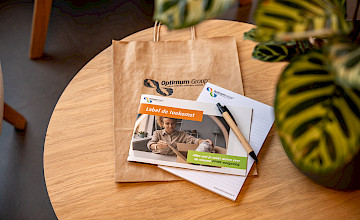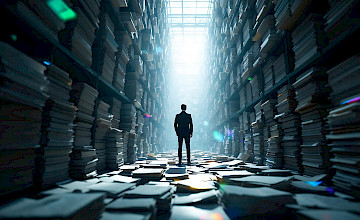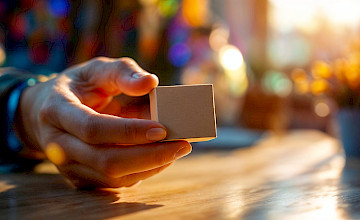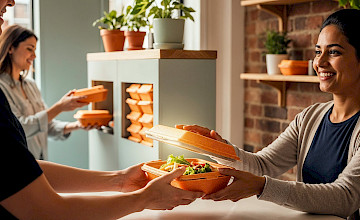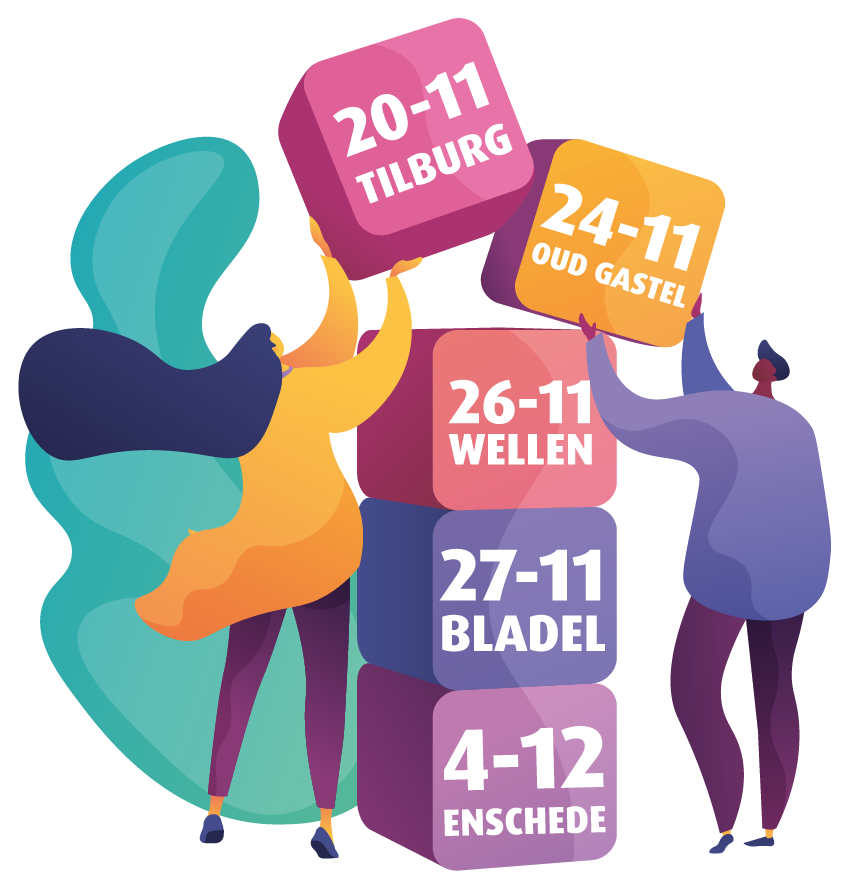Design for Recycling
Recyclability scores for packaging
Starting in 2025, packaging must comply with the principles of Design for Recycling. This means that packaging will be assessed based on its recyclability and compatibility with existing recycling streams. The scores are classified as follows:
- Score A: Highest recyclability
- Score B: Average recyclability
- Score C: Lowest recyclability
From 2035 onwards, the Recycled at Scale (RaS) score will be applied to determine whether packaging can be effectively recycled within the existing infrastructure. Packaging with a score below 70% will be considered non-recyclable.
Packaging Minimization
Reducing packaging to minimal dimensions
From January 1, 2030, all packaging must be reduced to minimal dimensions to prevent unnecessary use of materials. This includes minimizing the weight, volume, and number of layers of the packaging, while maintaining safety and functionality. A maximum ratio of 50% empty space is allowed for grouped, transport, and e-commerce packaging.
Recycled Material
Minimum requirements for recycled plastic
Minimum requirements are set for the use of recycled material in plastic packaging. By 2030, the recycled content in food-contact PET packaging must be at least 30%, increasing to 50% by 2040. Similar requirements apply to other plastic packaging, with percentages ranging from 10% to 65%, depending on the type of packaging.
Compostable and Biodegradable Packaging
New requirements for environmentally friendly packaging
The new regulation also includes requirements for compostable and biodegradable packaging. These packages must be biodegradable under uncontrolled conditions (home compostable) and must not disrupt recycling streams. Bio-based plastics, made from biomass, are now recognized, and their applicability will be assessed within three years.
Prevention targets and collection
Reduction and separate collection of packaging waste
Ambitious targets have been set for the reduction of packaging waste per capita, ranging from a 5% reduction in 2025 to 37% in 2040. Deposit schemes for specific packaging will be introduced from 2029, aiming to collect at least 90% of these packages.
Reuse and Refilling
Targets for reusable packaging
From January 1, 2030, reuse and refilling will be mandatory for certain product categories. For alcoholic and non-alcoholic beverages, including water and juices, the reuse rate must be 10% in 2030 and 40% in 2040. Transport packaging must also be reusable, with targets of 40% in 2030 and 70% in 2040.

